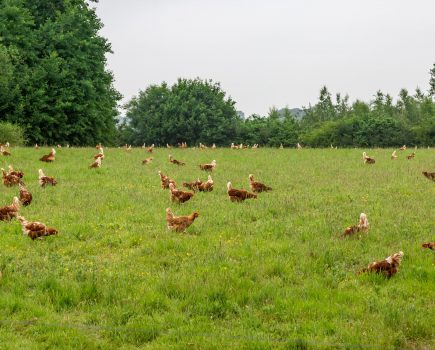JANUARY 18, 2008: The double tagging regulations which came into effect this monthfollowing the withdrawal of the UK’s derogation from recent EU sheepand goat identification legislation are less onerous than originallyfeared, according to a English Beef and Lamb Executive (EBLEX)analysis of the newly-published Defra rules.
Only sheep and goats which are not intended for slaughter within the UK by 12 months of age need to be double tagged. All other animals can still be single tagged. As can all animals identified before 11 January 2008 with an official UK tag.At the same time, the new regulations give a welcome reduction in paperwork while scrapping the need for movement (S) tags and the requirement to replace them if lost, says the report.A single official UK batch tag applied within 6 months of birth for intensively reared lambs and kids and within 9 months for those reared extensively continues to be sufficient for all animals intended for slaughter before 12 months of age.If an animal originally intended for slaughter is retained for breeding, however, it will need to be identified either with an additional match-up tag or a new set of double tags – the original being left in place and the new number cross-referenced in the flock register.Flock managers can continue to choose different styles or colours (except red) for their tags and the secondary form of identification (double tag) can be in the form of a tattoo in the same format as an official tag, if preferred.Management information can continue to be included on the tag too, providing it comes after the official identification number and is sufficiently separated from it to avoid confusion.While movement details still have to be recorded in the flock register within 36 hours of animals moving to or from the holding, the registration process has been simplified to make record-keeping easier.Individual animal or flock mark details no longer have to be recorded in the register, except where animals are imported from countries outside the EU or are being exported. At the same time, it is no longer necessary to record the lot numbers of animals arriving from a market.For movements off the holding, managers now also have the option of retaining copies of the movement document with the register rather than having to record each movement separately in it. What is more, the requirement to record movements between separate parcels of land within a holding has been scrapped.Detailed Defra guidance on the new identification rules has been sent to all registered sheep and goat keepers, with additional information and further copies available electronically on the Defra website .







